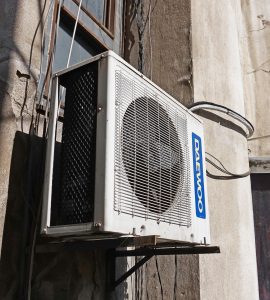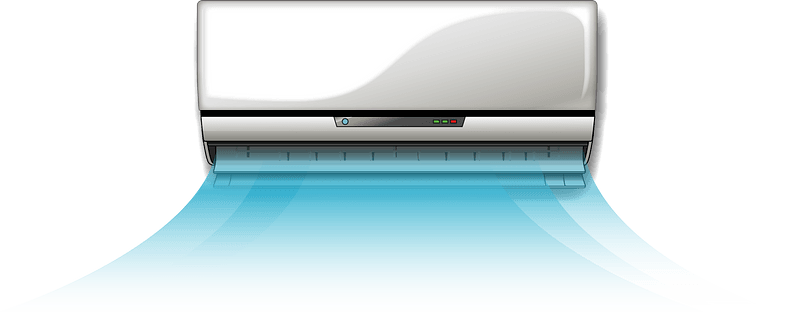Ready-to-install air conditioners or PAPs are units for which you can do without the intervention of a professional for installation. Here we present the existing models, their characteristics and the installation and commissioning steps.
Ready-to-install air conditioner models
Principle
Basically, ready-to-install air conditioners are monosplit air conditioners equipped with special fittings that do not require any special skills for installation. In fact, the hoses are simply plugged onto the junction box, no need for vacuum pulling or fluid charging. But with the environmental code, this practice is now prohibited and it is no longer possible to buy these devices in stores without a signed commissioning agreement. It is therefore necessary to call a professional for the commissioning of a ready-to-install air conditioner.
Note: You can always do without a professional with monobloc units such as mobile air conditioners, window air conditioners and stationary monobloc units.
Models

You can find all the models you want, namely:
– monosplit: 1 outdoor unit and 1 indoor unit;
– bi-split: 1 outdoor unit and 2 indoor units;
– tri-split: 1 outdoor unit and 3 indoor units;
– quadri-split: 1 outdoor unit and 4 indoor units.
In addition to the air conditioner, you will be able to purchase the necessary accessories, such as a frame for the outdoor unit if you wish to mount it against a wall, or refrigeration connections. There are pre-charged refrigerant connections, which are not necessary if your unit already has a refrigerant charge. The use of a professional is mandatory for commissioning.
Steps to install a ready-to-install air conditioner
By whom?
The installation itself can be carried out by anyone who is a bit of a handyman and has the necessary tools. The main steps are the installation of the indoor and outdoor units, the connection between the refrigeration and electrical units, the electrical connection, the evacuation of condensates.
Tip: Remember to leave a minimum distance between the indoor and outdoor units. It is not advisable to install the two units back to back. Read the manufacturer’s recommendations carefully.
Follow the recommendations
First, it is important to keep in mind that the manufacturer’s recommendations for installation must be followed. Otherwise, you may risk voiding the warranty, especially concerning the shaping of the piping.
When installing the outdoor unit and the indoor units, check in particular the recommendations regarding the space required around each one. This point is essential because if it is too small, the air passage may be obstructed, which will reduce the performance of your units, or even cause them to fail.
Provide for the evacuation of condensate
The evacuation of condensates (condensation water from the air) requires particular attention to avoid creating water infiltration in your walls (or in the foundations for the outdoor unit).
This gravitational evacuation is made of plastic tube (crystal or corrugated): count at least 1cm/m of slope.
If it is impossible to respect this rule, then you will have to opt for a forced evacuation solution by adding a lifting pump that allows the water to be brought up to the evacuation point.
Proceed to the inter-unit connections
To connect the units together, use refrigeration-grade copper tubing in coils to avoid having to extend the lengths.
At each end of the tubes, an expansion joint (= conical flare of the copper tube) must be made to ensure a perfect seal between the unit connection and the tube. The professional carrying out the commissioning can take care of their manufacture.
The sale of air conditioners pre-charged with refrigerant
This type of air conditioner is reserved for professionals or individuals who have entered into a service agreement with a professional with the necessary certifications.
The role of the professional
During this commissioning, the professional must:
– check the correct connection of the units (electrical and fluidic);
– make the expansions;
– check the tightness of the unit;
– empty the air present in the pipes;
– open the valves of the outdoor unit containing the refrigerant.
A top-up charge may be necessary depending on the length of the pipes. Finally, the professional will check that the system is working perfectly and will give you a commissioning sheet.

